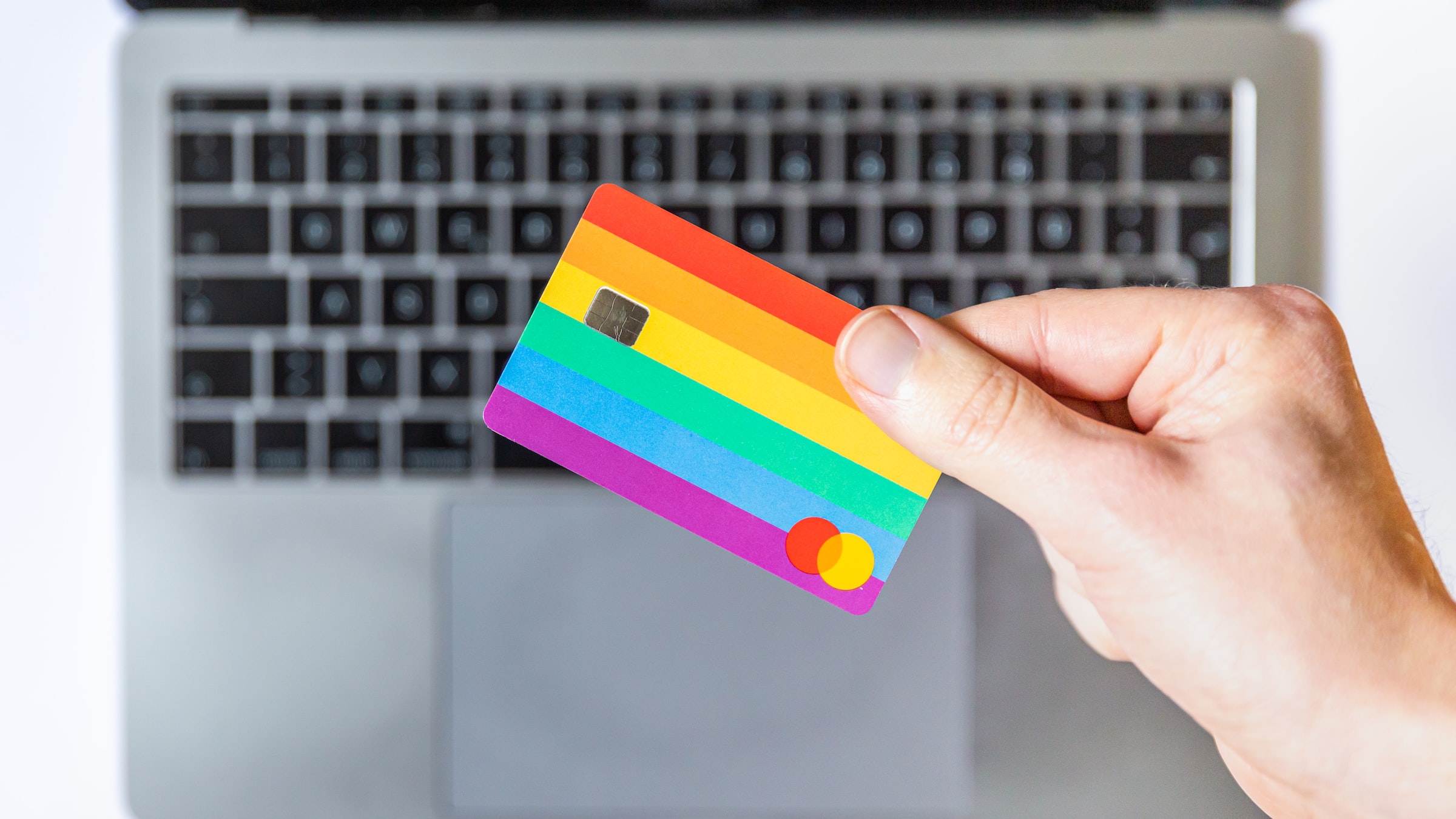Online shopping has revolutionized how we buy products, offering unparalleled convenience and a vast selection of items that can be ordered from the comfort of your home. However, as the digital marketplace expands, so do the risks associated with online shopping. To ensure safety and a rewarding online shopping experience, it’s crucial to be well-informed about the process, from before you purchase to after you’ve received your items. This comprehensive guide will walk you through every step of online shopping, providing valuable insights on making the most of your virtual shopping spree while safeguarding your personal information and financial security.
Before You Shop
Before embarking on your online shopping journey, laying the groundwork for a successful and secure experience is essential. This section delves into the crucial steps you should take beforehand.
Assessing Your Needs
Before diving into the world of online shopping, take a moment to define your needs and set a budget. Knowing what you want and how much you’re willing to spend will help you make informed choices and avoid impulsive purchases.
Researching Products
Research is vital to finding the perfect product. Read reviews and ratings from other shoppers to get an idea of the quality and performance of the item you’re interested in. Compare prices and features across different websites to ensure you get the best deal.
Identifying Reputable Online Retailers
Choose trusted online retailers and marketplaces to minimize the risk of scams or counterfeit products. Check customer feedback and reviews to gauge the reliability and reputation of the seller.
- Amazon: Perhaps the world’s largest online retailer, Amazon offers everything from groceries and furniture to pet supplies and flatscreen TVs. You can use their free two-day shipping option with a Prime membership. Amazon is great if you have a lot of staples you like to buy, or you need a hard-to-find item. Some people find the Prime membership expensive at $14.99 per month or $139 per year.
- Etsy: This online marketplace has unique, handmade items and antiques. Etsy is great for custom t-shirts, beautiful handmade jewelry, and unique gifts. There’s no fee to shop on Etsy, and some sellers offer free shipping. Be aware of international sellers or those who try to sell cheap items for a high markup.
- eBay: The world’s largest online auction site has been going strong since 1995. You can find many awesome items on eBay, including vintage goods, new clothes, and more. Bid on items to “win” an auction or look for “buy it now” products where you don’t have to bid. eBay is a great choice if you’re looking for cool stuff at a discount.
- Walmart: Not only is this one of the largest brick-and-mortar retailers, but Walmart also has a huge online presence. With a Walmart Plus membership you can save more money and get free delivery. You can also share Walmart Plus with family members. You can shop from the app or website; most items ship to your door for free with a $35 minimum order. Be aware that sellers on the Walmart Marketplace are often from China and sell low-quality goods.
Protecting Your Online Shopping
Before we dive into the art of savvy online shopping, let’s talk about cyber insurance. In this digital age, safeguarding your purchases and personal information is paramount. Cyber insurance provides financial protection in case of online fraud, identity theft, or data breaches. It’s your safety net, ensuring your online shopping experiences remain worry-free. Now, let’s embark on a journey to become online shopping maestros.
Online Shopping Safety Tips
Online shopping offers immense convenience but also comes with potential risks to your identity and sensitive information. To ensure a secure online buying experience, follow these intelligent online buying safety tips:
1. Shop on Secure Websites
Before making any purchase, always ensure that the website is secure. Look for SSL (Secure Socket Layer) encryption, usually indicated by a padlock icon in the browser’s address bar or “https://” at the beginning of the URL. SSL encryption helps protect your data and privacy by encrypting the information you send to the website. Comodo is an example of an SSL certificate.
2. Protect Your Sensitive Information
Never disclose sensitive information, such as your social security number, when shopping on e-commerce sites. Legitimate online retailers do not require such information for typical purchases. If a website asks for this kind of data, consider it a red flag and do not proceed with the transaction.
3. Safeguard Your Credit Card Information
Avoid saving your credit card information on websites, especially those you don’t frequently use. Instead, opt for alternative payment systems like PayPal or Amazon Payments. These services add an extra layer of security by not directly sharing your credit card details with the merchant. It helps protect you from card cloning, a fraudulent practice where criminals create digital copies of your credit or debit card for illegal use.
4. Identify Fake Websites
Learn how to identify fake websites to avoid falling victim to scams. Be cautious if you notice misspelled URLs, the absence of a padlock symbol next to the URL, or if the website lacks a clear privacy policy or return policy. Reputable online stores typically provide these essential details, while fake sites often omit them.
5. Check Customer Reviews
Prior to making a purchase, read customer reviews and ratings of both the product and the seller. Honest feedback from previous buyers can provide valuable insights into the product’s quality and the seller’s reliability.
6. Avoid Public Computers and Public Wi-Fi
When shopping online, avoid using public computers and public Wi-Fi networks. These environments are less secure, making it easier for hackers to intercept your data. Use your private Wi-Fi network at home and ensure it has a strong, unique password. Regularly change your Wi-Fi password to enhance security. Select a trustworthy internet service provider to reduce the risk of breaches.
7. Be Aware of Scams or Card Cloning
Despite precautions, scams and card cloning attempts can still happen. If you suspect that you’ve fallen victim to a fraud or card cloning:
- Contact the police immediately to report the incident.
- Call your bank or credit card issuer to shut off your compromised card.
- File a report to recoup any stolen funds and request a new card.
- Report the fraud to the Federal Trade Commission (FTC) through their website (www.ftc.gov)
By following these online shopping safety tips, you can enjoy the convenience of online shopping while safeguarding your identity and financial information from potential threats and scams. Stay vigilant and prioritize your security in the digital marketplace.

During the Purchase
As you navigate the digital aisles of online stores, this section guides you through the key steps of the purchasing process, ensuring a smooth and secure transaction.
1. Creating an Account
Creating an account on the online store’s website can have several benefits, such as saving your preferences and tracking your order history. However, be cautious about the information you provide and ensure your account is protected with a strong password.
2. Adding Items to Your Cart
When shopping online, carefully select the right size, color, and quantity of the items you wish to purchase. Double-check your choices before proceeding to the checkout.
3. Applying Discounts and Coupons
Take advantage of discounts and coupons to maximize your savings. Make sure to find these through legitimate sources to avoid fraudulent offers. Here are some tips on how to hunt for deals and how to get better deals.
How to get better deals
- Compare seasonal sales, look for coupon codes, and consider installing a price-tracking app or an extension like Honey.
- Subscribe to the email newsletter of your favorite e-tailers to get updates on the hottest sales, and sign up for loyalty memberships to get discount codes and more.
- Wait until the end of the season to buy clothing and home goods for better discounts.
Hunting for Deals
- Unearthing the best online deals is an art. Here’s how to become a master: Scout for seasonal sales, hunt for coupon codes, and embrace price-tracking tools like Honey.
- Subscribe to newsletters from your favorite e-tailers for exclusive sale updates, and join loyalty programs for discount codes.
- Delay clothing and home goods purchases until the end of the season for deeper discounts.
4. Reviewing Your Order
Before finalizing your purchase, review your order to ensure everything is correct. Check items, quantities, and shipping details to avoid any surprises.
5. Choosing Shipping and Delivery Options
Select the shipping and delivery options that best suit your needs. Be aware of standard, expedited, or same-day delivery choices and consider the estimated delivery times. Keep track of your order with the tracking number provided.
6. Payment and Checkout
Enter your payment information securely, double-checking all details before confirming your order. Once the payment is processed, you should receive a confirmation email with your order details.

After the Purchase
Once your online order is placed, it’s time to shift focus to what happens next. This section explores essential steps for a seamless post-purchase experience and how to address any potential issues.
- Tracking Your Order: Stay informed about your order’s status by using tracking numbers provided by the seller. This lets you know when to expect your delivery and can be especially helpful for larger or more valuable purchases.
- Handling Issues with Your Order: If you encounter issues such as missing or damaged items, contact the seller’s customer support promptly. Most reputable online retailers have policies in place to address such concerns.
- Returns and Refunds: Familiarize yourself with the online store’s return policy. Understand the return conditions and how to request a return or refund if necessary. Keep all related documentation, such as receipts and shipping labels.
- Reviewing Your Purchase: Share your shopping experience by leaving reviews and feedback for the seller. Your input can help other shoppers make informed decisions and hold sellers accountable for their products and services.
- Monitoring Your Financial Statements: Regularly check your financial statements to ensure no unauthorized charges related to your online purchases. Report any suspicious activity to your bank or credit card company immediately.
Starting a business selling online
If you’re interested in selling online for your small business, use these tips to help you get started and stand out:
- Design a website and list your products, or use a third-party processor like Shopify to help you create an online store. If you already have one, you can investigate a website redesign cost.
- Use a platform like eBay, Etsy, or Mercari to sell items you want to get rid of or to make a little extra cash. Sign up for an account, list your items, and link your bank account or payment processor to get paid.
- Ensure you offer your customers several secure payment methods, including PayPal and online credit card processing companies that are fully vetted and verified.
- Optimize your business operations by incorporating cloud cost management strategies. Tools like Economize can help you keep your expenses in check and maintain a profitable online business.
- Another good option to get started and scale your online business over time is to use WordPress and set up your account as an eCommerce, benefiting from all the plugins and marketing tools the platform offers. WordPress has many free or affordable plugins that will allow you to edit your online store easily and get it ready in a couple of clicks.

In a world where online shopping is increasingly prevalent, knowledge is your best defense against potential pitfalls. By following the steps outlined in this comprehensive guide, you’ll be well-prepared to navigate the world of online shopping safely and smartly. From making informed decisions before your purchase to handling post-purchase issues, you can enjoy the convenience of online shopping while protecting your personal information and financial security. Embrace the digital marketplace confidently and maximize your online shopping experiences.




